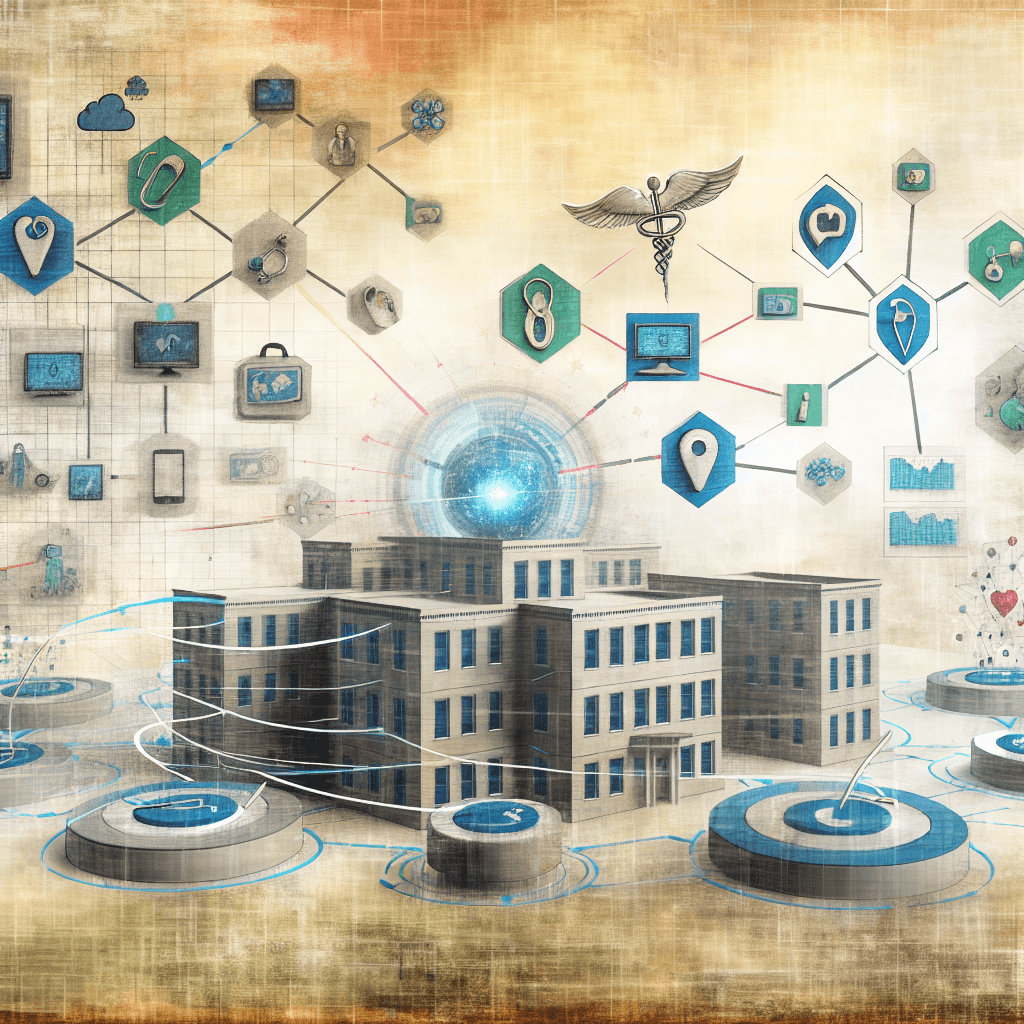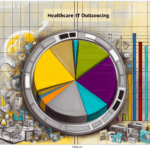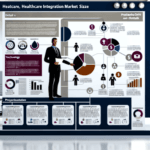Explore the future of healthcare with our in-depth outlook on the connected healthcare market size and forecasts.
In-Depth Industry Outlook: Connected Healthcare Market Size, Forecast

Table of Contents
In-Depth Industry Outlook: Connected Healthcare Market Size, Forecast

The connected healthcare market is rapidly evolving as technology becomes increasingly integral to medical care. This article provides a comprehensive overview of the market, including its size, growth forecasts, key drivers, challenges, and notable case studies. By examining these elements, we aim to offer valuable insights into the future of connected healthcare and its potential impacts on providers, patients, and healthcare systems globally.
Market Overview
Connected healthcare refers to a model for healthcare management that integrates technology to improve healthcare services, patient monitoring, and information flow among stakeholders. This integration is facilitated through devices, software, and services that allow for the sharing of information across platforms and geographical boundaries.
Current Market Size and Growth Projections
The global connected healthcare market has witnessed significant growth over the past decade, driven by advancements in technology and increasing demand for better healthcare management systems. According to a recent report by Grand View Research, the market was valued at approximately USD 61 billion in 2020 and is expected to grow at a compound annual growth rate (CAGR) of 28.4% from 2021 to 2028.
Key Drivers of Growth
- Technological Advancements: Innovations in IoT, AI, and mobile technology have transformed healthcare delivery, making it easier to collect, analyze, and transmit health data.
- Increasing Healthcare Costs: Connected healthcare solutions help reduce costs by minimizing unnecessary hospital visits and enabling remote patient monitoring.
- Government Initiatives: Many governments are promoting digital health initiatives to improve healthcare outcomes and reduce expenditure.
- Rising Chronic Diseases: The increasing prevalence of chronic diseases worldwide necessitates more efficient healthcare management, which connected healthcare solutions provide.
Challenges in the Market
- Data Privacy and Security: The handling of sensitive patient data raises concerns about privacy breaches and data theft.
- Integration with Existing Systems: Integrating new technologies with existing healthcare systems can be complex and costly.
- Regulatory Compliance: Navigating the various regulations across different regions can be challenging for market players.
- Resistance to Change: There is often resistance from healthcare providers and patients due to the perceived risks and complexities associated with new technologies.
Segmentation of the Market
The connected healthcare market can be segmented by type, application, and region:
- Type: Includes devices (wearables, monitors), software (apps, platforms), and services (consultation, implementation).
- Application: Segmented into diagnosis & treatment, monitoring applications, education and awareness, healthcare management, wellness and prevention.
- Region: North America currently leads the market due to its advanced healthcare infrastructure and high adoption of technology, followed by Europe and Asia-Pacific.
Case Studies
Remote Patient Monitoring
One of the most successful applications of connected healthcare is in remote patient monitoring. For instance, a pilot program by a leading healthcare provider in the U.S. utilized wearable devices to monitor patients with chronic diseases. The program reported a 30% reduction in hospital visits and a 25% reduction in healthcare costs over one year.
Telemedicine
During the COVID-19 pandemic, telemedicine saw a dramatic increase in usage. A clinic in rural India implemented a telemedicine service that connected patients with specialists in urban centers. This service significantly improved access to quality healthcare for rural populations and reduced the burden on urban healthcare facilities.
Future Outlook
The future of connected healthcare looks promising with continuous advancements in technology and more widespread acceptance. Innovations such as AI-driven diagnostics, blockchain for secure data sharing, and more sophisticated wearables are expected to drive further growth. Additionally, as healthcare providers and patients become more accustomed to digital health solutions, adoption rates are likely to increase.
Conclusion
The connected healthcare market is set for explosive growth, driven by technological advancements, rising healthcare costs, and the increasing burden of chronic diseases. While challenges such as data security and system integration exist, the benefits of connected healthcare in enhancing patient care, reducing costs, and improving overall health outcomes are undeniable. As the industry continues to evolve, staying informed and adaptable will be key for all stakeholders involved.
In conclusion, the connected healthcare market offers exciting opportunities for innovation and improvement in healthcare delivery. Stakeholders must navigate challenges carefully to fully realize the potential benefits of this dynamic field.








